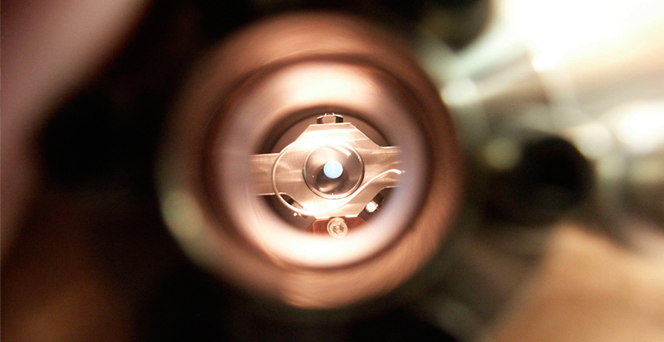URL: https://v1.desy.de/site_www-desy/content/research/facilities__projects/pitz/aufgabenuebersichtsplan_v1_20220131_eng.html/@@siteview
Breadcrumb Navigation

PITZ
Photoinjector test facility PITZ
DESY also operates a linear accelerator at its location in Zeuthen. The photoinjector test facility PITZ is used to develop and optimise electron sources for the X-ray lasers and particle accelerators of the future.
X-ray lasers such as the European XFEL and future electron–positron linear colliders require electron beams of the highest quality. The electron bunches in a beam must consist of a very large number of electrons that can be injected into the accelerator in an orderly and strongly focused manner – i.e. the particle beams must have an extremely low emittance. This property, which depends on the size and divergence of the beam, is an important measure of the quality of a particle beam: The smaller the emittance, the better the beam can be focused. At PITZ, the DESY researchers are developing and testing laser-driven radio freqency electron sources that produce particle beams of the required high quality.
In addition to developing computer simulations and refining theoretical approaches, the scientists at PITZ are also investigating the processes involved in the generation, acceleration and shaping of the electron bunches. Their aim is to optimise the beam quality and operating parameters, such as the reliability, of the particle sources in order to meet the high requirements of the new facilities.
Electron bunches with the world’s best emittance
In order to produce electron beams with the requisite quality for the European XFEL, the PITZ scientists fire high-precision pulses of ultraviolet light at a photocathode located at the head of a cavity resonator. According to the photoelectric effect, the laser pulses release electrons from the cathode, which are then drawn off and accelerated by a radio frequency electromagnetic field.
The main factor impairing the quality of the resulting electron bunches is the fact that the particles repel one other because they all have the same charge. The only way to satisfactorily collimate the particles is by accelerating them rapidly and applying an external magnetic field that acts like a lens. The particles then leave the cavity as a dense bunch.
Along the subsequent beam pipe, the PITZ team measures the properties of the electron bunches very precisely in order to obtain an accurate picture of the physical processes involved in their generation and optimise the electron source accordingly. Measurements include the temporal length, energy distribution and spatial extension of the electron bunches. In addition, the scientists determine the extent to which the particles’ trajectories are parallel to one another. The better these parameters can be optimised, the greater the intensity of the X-ray radiation that the European XFEL generates.
As a result, the PITZ team produces electron beams with the world’s best emittance – i.e. beams that have an extremely small diameter and do not diverge – as required for the European XFEL.
- Test facility with a linear accelerator at DESY in Zeuthen
- Used for the development and optimisation of electron sources
- Length: approx. 20 metres
- Commissioning: 2002


